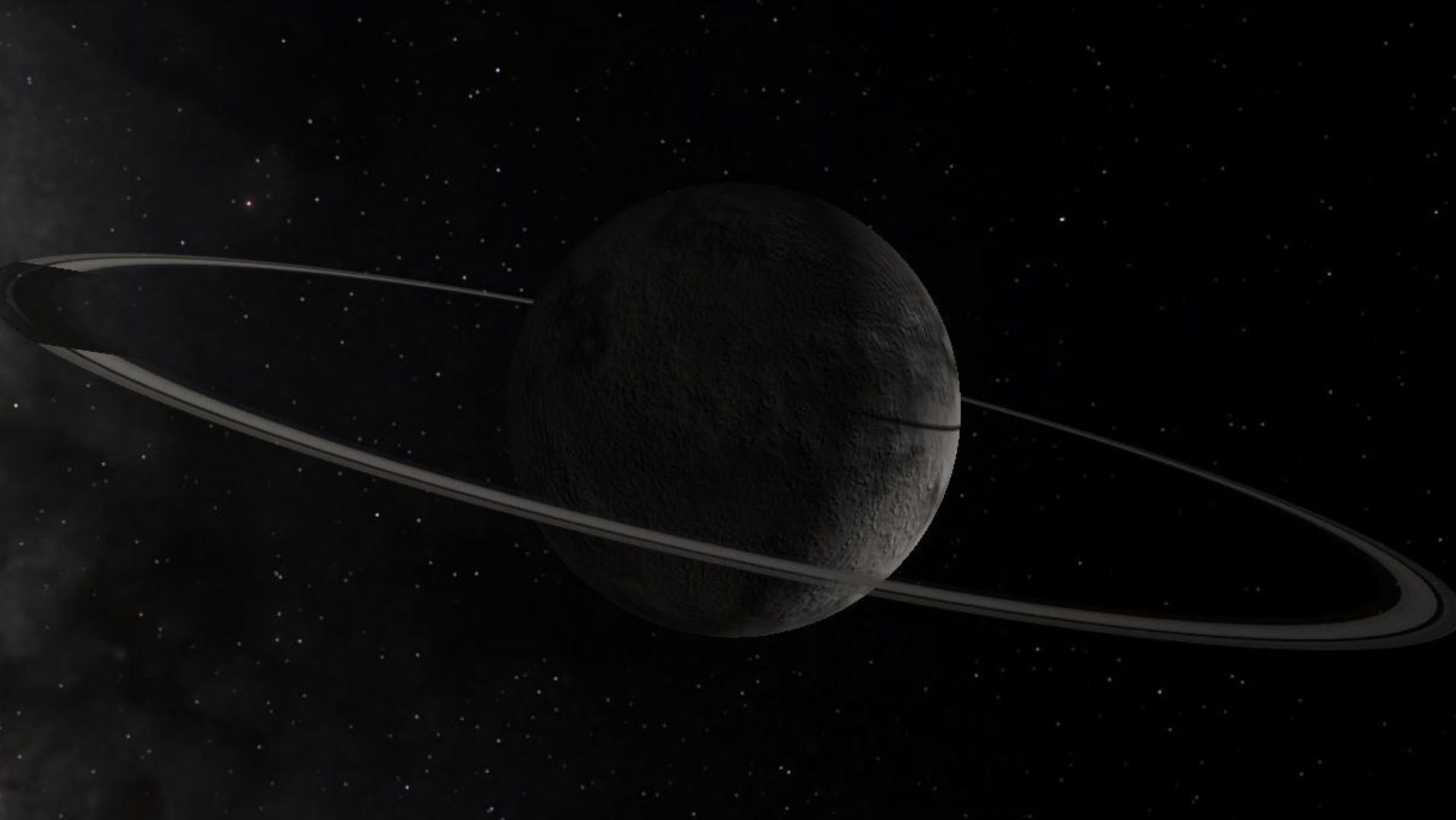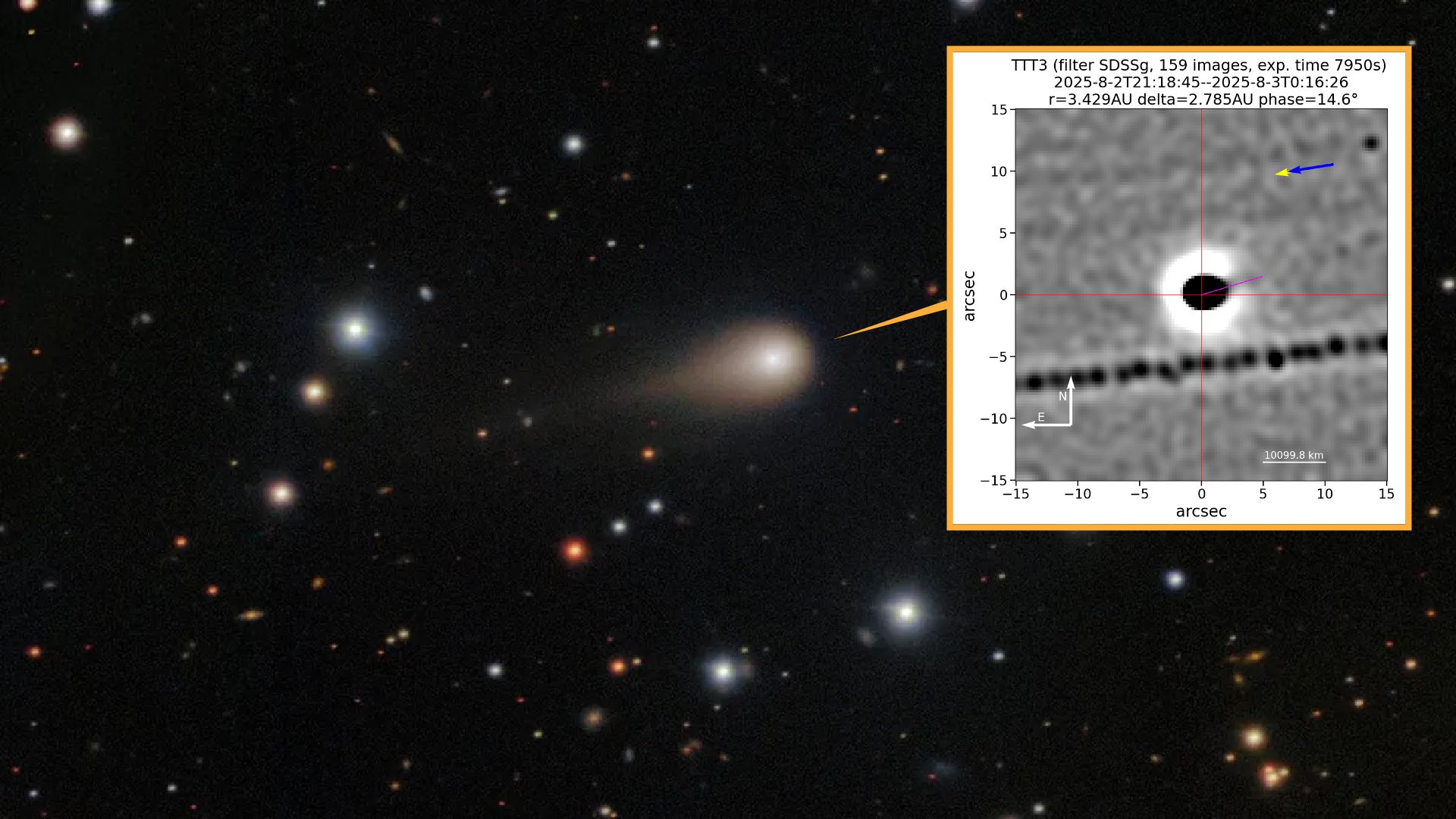Saturn isn’t the only planet in our solar system with a ring system. While Saturn’s rings are the most dramatic, the three other gas giants — Jupiter, Neptune, and Uranus — each have a ring system as well. But the fun doesn’t stop there. Astronomers have also spotted rings around smaller celestial bodies: dwarf planets Haumea and Quaoar, as well as centaur Chariklo.
Now, 2060 Chiron, better known as just Chiron, is the latest celestial body to join the party. In analyzing observations of Chiron taken by Brazil’s Pico dos Dias Observatory in 2023, astronomers have just spotted four rings plus diffuse material around this icy centaur, which was first sighted in 1977.
Its rings — thought to be made of water ice and rocky material, potentially from a collision between Chiron and another celestial body — circle the centaur at approximately 170 miles (273 km), 202 miles (325 km), 272 miles (438 km) and 870 miles (1,400 km) from its center. The distant fourth ring, researchers note, might not ultimately be stable enough to be considered a ring, so further observations are necessary.
What’s special about Chiron’s rings is that they’re still forming; this marks the first time astronomers have ever seen a ring system under formation. By comparing the 2023 observations to previous ones from 2022, 2018, and 2011, researchers determined that the ring system has been evolving rapidly.
“It is an evolving system that will help us understand the dynamical mechanisms governing the creation of rings and satellites around small bodies, with potential implications for various types of disk dynamics in the universe,” astronomer Braga Ribas of the Federal University of Technology-Parana and the Interinstitutional Laboratory of e-Astronomy in Brazil, who co-authored a study on the research, told Reuters.
The team’s research was published in the Astrophysical Journal Letters on October 14, 2025.
First Appeared on
Source link













